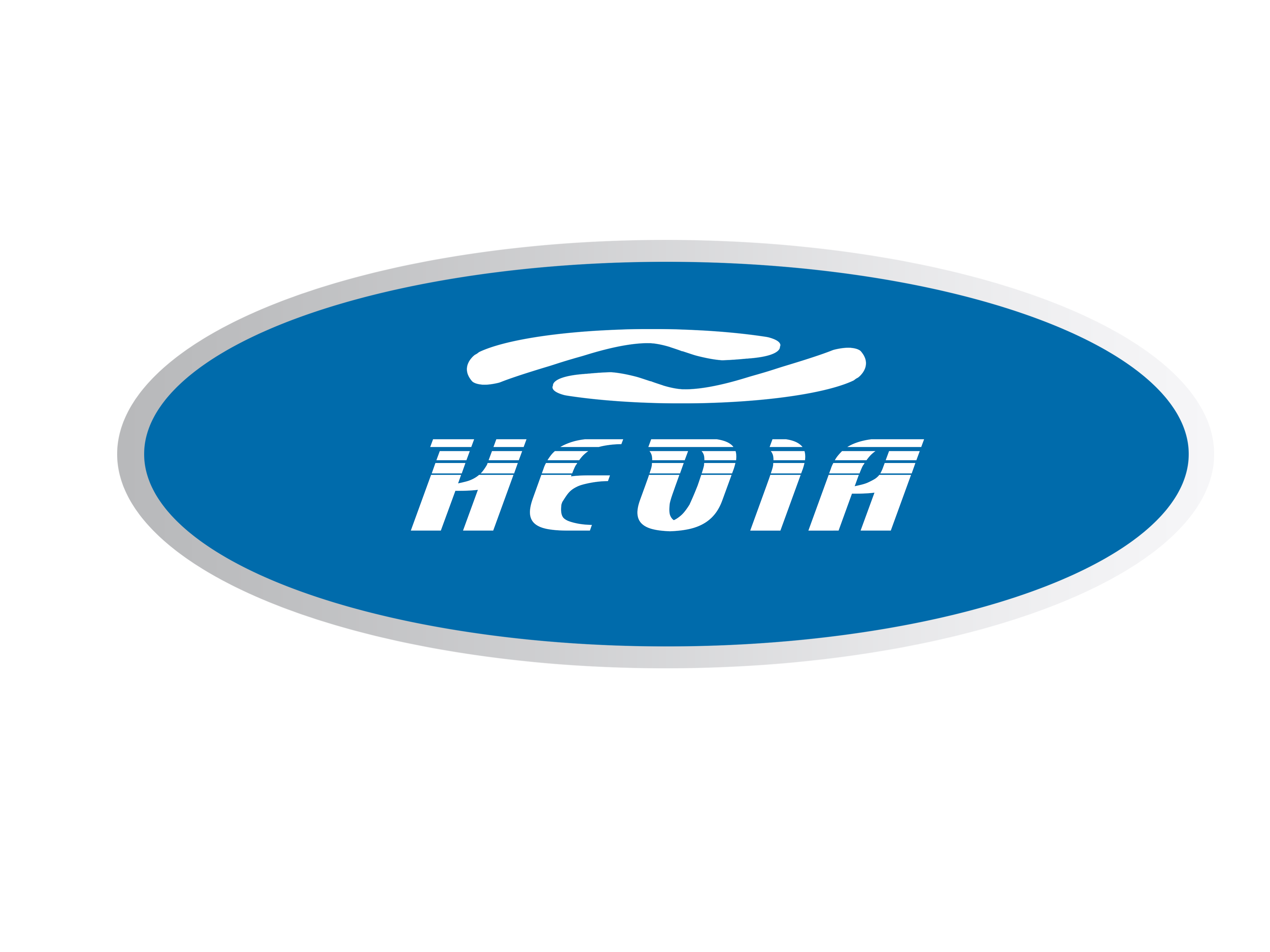What Is a RIB Boat?
What Is a RIB Boat?
The complete, modern guide for owners, dealers, and pros
A RIB boat—short for Rigid Inflatable Boat—is a hybrid vessel that marries a rigid hull (for structure and performance) with inflatable tubes (for buoyancy, stability, and shock absorption). The result is a boat that planes early, rides dry, turns predictably, and stays afloat even if one tube chamber loses pressure. That unique mix is why RIBs are trusted by rescue agencies and loved by families alike.
Below, we break down how a RIB works, what makes it different, where it shines, and how to choose one that fits your mission—using the engineering approach we apply at Hedia Boat.

1) Anatomy of a RIB (and why each part matters)
Rigid hull:
-
Built from aluminum or fiberglass.
-
Deep‑V geometry at the bow softens re‑entry in chop; flatter sections aft help stability and efficiency.
-
Chines and lifting strakes add lift, reduce wetted area, and deflect spray.
Inflatable tubes (sponsons):
-
Multi‑chamber collars (typically 4–7 chambers) to maintain buoyancy even if one loses pressure.
-
Materials: CSM/Hypalon (premium UV/chemical resistance) or PVC (cost‑effective).
-
Tube diameter often 45–58 cm on 4–10 m boats—larger tubes = more reserve buoyancy and a drier ride.
Propulsion & transom:
-
Single or twin outboards mounted to a reinforced transom with triangulated knees.
-
Correct engine shaft length must match transom height to avoid ventilation/cavitation.
Deck & systems:
-
Self‑bailing deck routes green water out through scuppers.
-
Under‑deck fuel tank (baffled) with service access.
-
Marine‑grade wiring with drip loops, fusing, and a master battery switch.
Helm & layout:
-
Stand/sit console with clear sightlines.
-
Grab rails and non‑skid underfoot for safety.
-
Configurable seating (leaning post, jockey seats, bow sunpad) per mission.
2) The physics behind the ride
-
Buoyancy reserve: The tubes act like a wrap‑around lifejacket; combined with a rigid hull, a RIB has exceptional flotation and remains controllable even with localized damage.
-
Stability: Tubes widen the effective beam and lower the center of gravity; RIBs feel planted when passengers shift or during quick turns.
-
Hydrodynamics: Deep‑V entries slice waves; chines and strakes create dynamic lift so the boat climbs onto plane quickly and tracks straight in cross‑seas.
-
Shock absorption: Tubes compress on impact, taking the sting out of short, steep chop.
3) Materials & construction choices
Aluminum vs. fiberglass hulls
-
Aluminum (e.g., 5083‑H116): impact‑resistant, weld‑repairable, lighter for a given stiffness, recyclable, and friendly to custom layouts.
-
Fiberglass: smooth cosmetics and quiet ride but heavier and more brittle under point impacts.
Tubes: CSM/Hypalon vs. PVC
-
CSM/Hypalon: best for high UV and hot climates; longer service life; adhesive‑bonded seams.
-
PVC: lighter on budget; heat‑welded seams; ideal for temperate climates or indoor storage.
What we do at Hedia
-
Marine‑grade aluminum hulls with dense longitudinal stringers, reinforced transoms, and service‑friendly access panels.
-
Multi‑chamber tubes sized for real‑world stability, with clean seam work and pressure‑relief valves.
4) Where RIBs excel (and who uses them)
-
Professional: coast‑guard/patrol, search‑and‑rescue, dive schools, harbor pilots.
-
Recreation: family dayboats, fishing, beach landings, tow sports.
-
Tender/Support: yacht tenders, sailing regatta support, eco‑tourism.
Why they’re chosen: early planing, predictable handling, dry decks, easy trailering, and high safety margins.
5) Typical size classes & use cases
| Length | Typical Tube Ø | HP Range | Seats | Primary Uses |
|---|---|---|---|---|
| 3.2–4.2 m | 40–48 cm | 20–60 | 2–4 | Yacht tender, coaching, short transfers |
| 5.0–5.8 m | 48–52 cm | 70–140 | 4–8 | Family leisure, inshore fishing |
| 6.0–6.8 m | 50–55 cm | 115–200 | 6–10 | Near‑shore adventure, charter, dive support |
| 7.0–9.6 m | 55–58 cm | 200–2×250 | 8–14 | Patrol, rescue, offshore leisure & charter |
Figures are indicative; layouts and weights drive final power.
6) Advantages vs. conventional hard‑hulls
-
Safety first: multi‑chamber buoyancy and self‑bailing decks.
-
Ride quality: soft re‑entry and tube cushioning reduce fatigue.
-
Efficiency: lighter builds mean smaller engines can do more work.
-
Access: beachable bows and forgiving tubes around docks.
-
Versatility: from tender duty to offshore runs in one platform.
7) Known trade‑offs (and practical fixes)
-
Less interior beam (tubes take space) → solve with smart under‑deck storage and console placement.
-
Open to elements → add T‑Top/hard‑top and windscreen height tuned to the skipper.
-
Tube care → periodic cleaning/UV protection; choose CSM/Hypalon for intense sun markets.
-
Aluminum acoustic ring → manage with stringer density, isolation pads, and deck underlay.
8) How to choose the right RIB (a field checklist)
-
Mission first: tender, family, fishing, patrol—be honest about 80% of use.
-
Length & load: crew count + gear; target 20–30% reserve payload.
-
Hull geometry: transom deadrise ~18–24°; look for defined chines and strakes.
-
Tubes: material (CSM/PVC), diameter, number of chambers, seam quality.
-
Powering: engine should hit the maker’s WOT RPM at full load; size prop accordingly.
-
Systems: self‑bailing deck, access to fuel filter and tank sender, tidy wiring with a master switch.
-
Transom & knees: check plate thickness and gusseting for chosen HP.
-
Sea trial metrics: time‑to‑plane, cruise sweet spot (L/nm), dryness, tracking in quartering seas.
-
Compliance & documentation: HIN plate, capacity label, build file, test sheet.
-
After‑sales: parts availability, tube repair capability, warranty clarity.
9) Maintenance in one page
-
After every salt‑water run: freshwater rinse (hull, tubes, outboard), engine flush, open lockers to dry.
-
Monthly: tube pressure check (typically 0.18–0.25 bar / 2.6–3.6 psi), anode inspection, scupper check.
-
Quarterly: fuel/water separator drain, fastener retorque on T‑Top and seats.
-
Annually: engine service per OEM, tube seam inspection, electrical clean‑and‑protect, touch‑up coatings.
10) Quick FAQ & myths
-
“Are RIBs just dinghies?”
No. A dinghy can be fully inflatable; a RIB has a rigid hull for real performance offshore. -
“Do tubes puncture easily?”
Quality CSM/PVC fabrics are thick, abrasion‑resistant, and multi‑chambered; small scuffs are field‑repairable. -
“Aluminum is noisy.”
Proper stringers, isolation pads, and EVA deck underlay make modern aluminum RIBs impressively quiet.
11) Why many buyers now prefer aluminum RIBs from Hedia
-
Structure: marine‑grade 5083‑H116 plate, dense stringers, gusseted transoms.
-
Stability: tube sizing tuned to real payloads, not brochure numbers.
-
Serviceability: clean loom routing, access panels, labeled plumbing.
-
Brand enablement: free design, real photos, and video assets so dealers launch marketing fast.
-
Customization: Hypalon/PVC, colorways, console styles, seating plans, single/twin engines, regional compliance.
A Hedia aluminum RIB boat is not just a hull with tubes—it’s a well‑engineered platform that protects time, budgets, and reputations.
Drop‑in product copy (for your page)
-
Deep‑V 5083‑H116 aluminum hull for confident offshore handling and efficient cruising.
-
Multi‑chamber CSM/PVC tubes (45–58 cm) for superior buoyancy and stability.
-
Self‑bailing deck & service‑friendly systems keep downtime low.
-
Dealer‑first media kit with free design, photos, and video.
-
Hedia Boat — Make Your Brand Greater.


